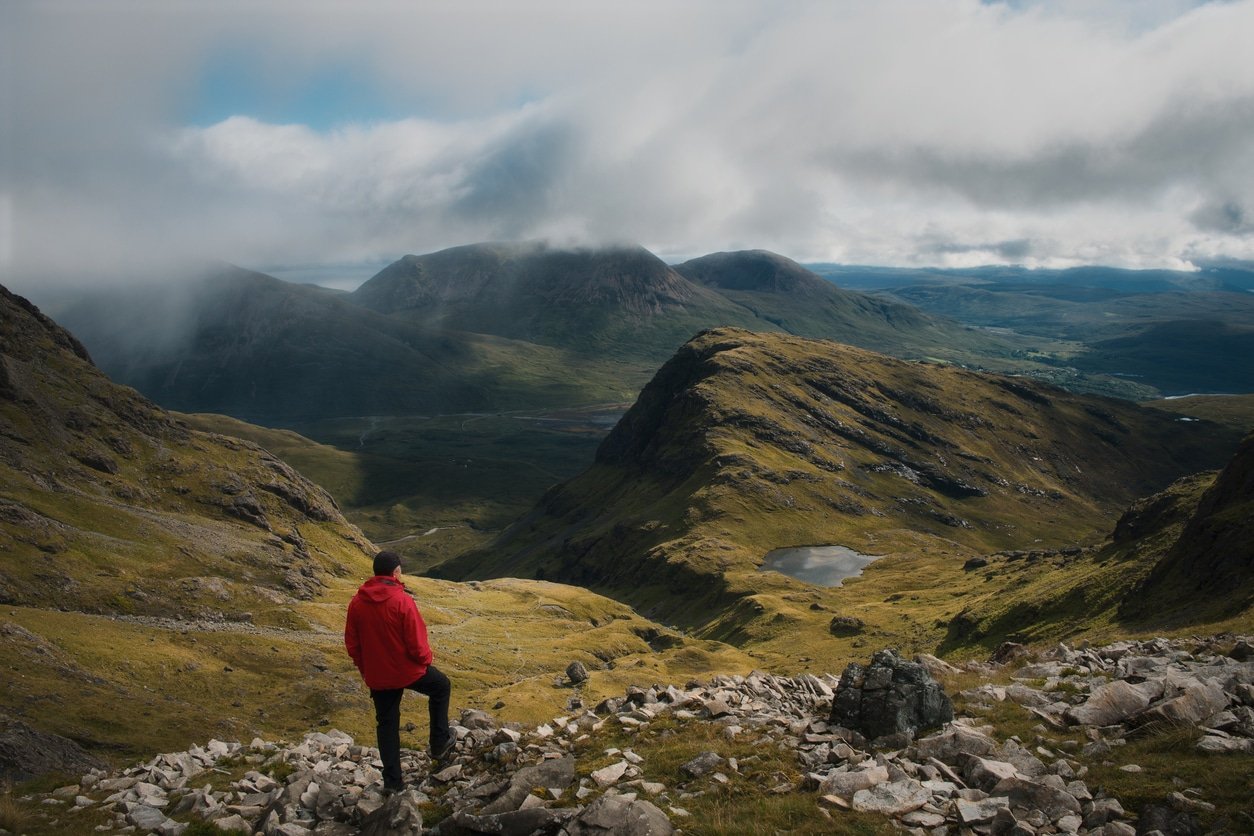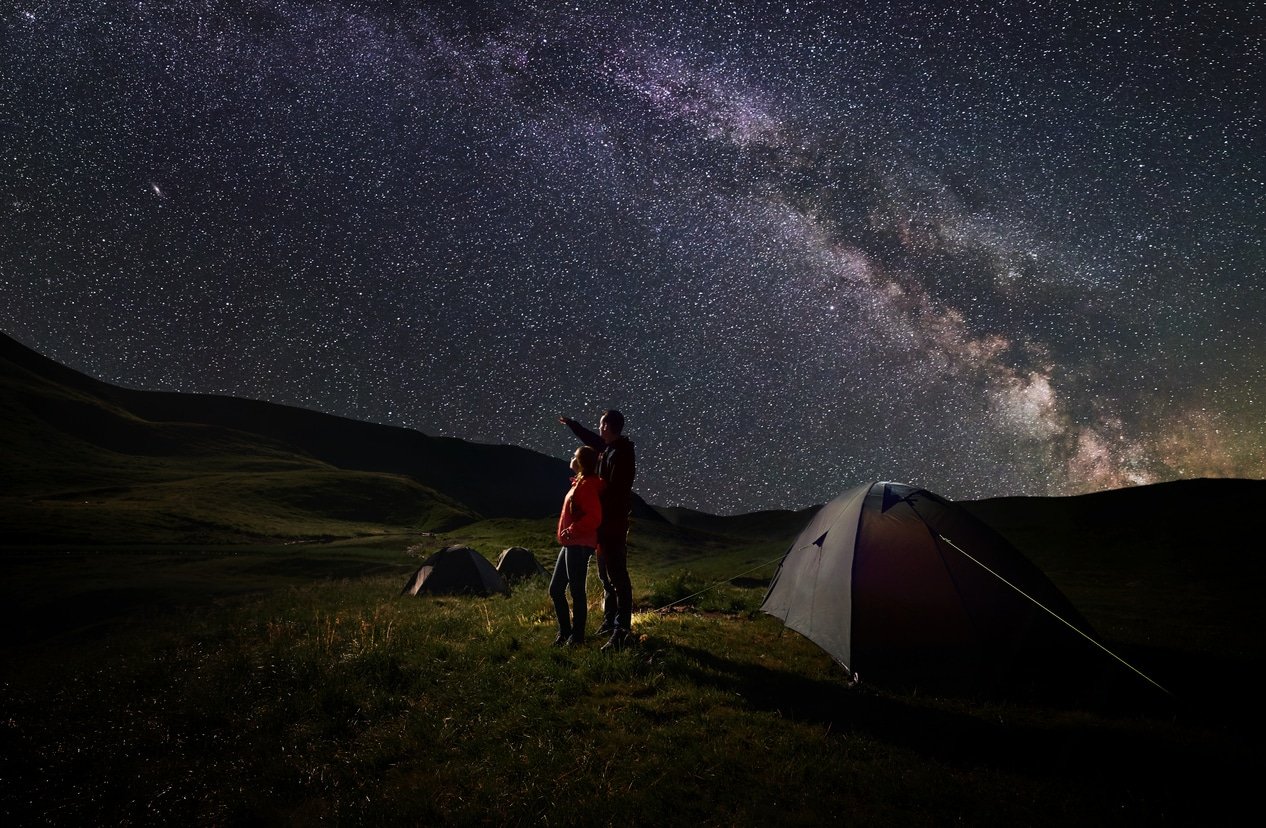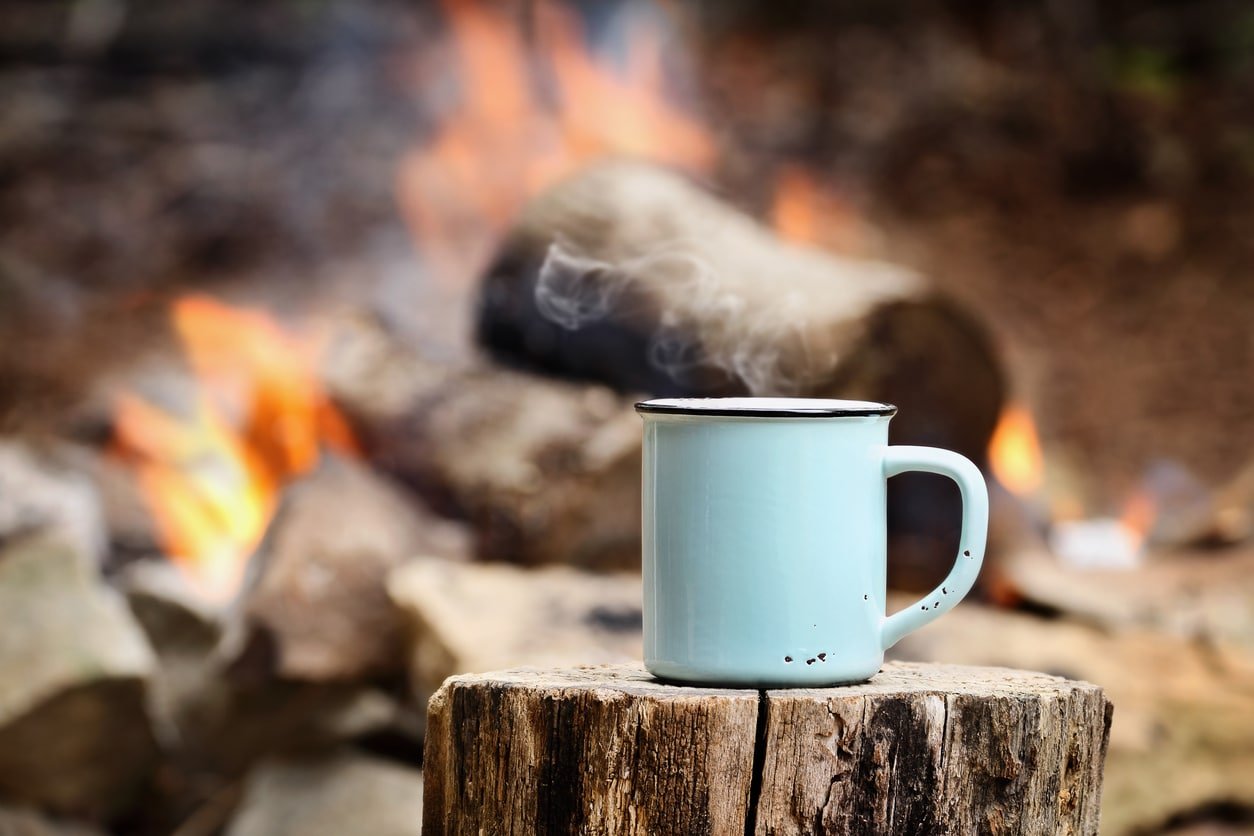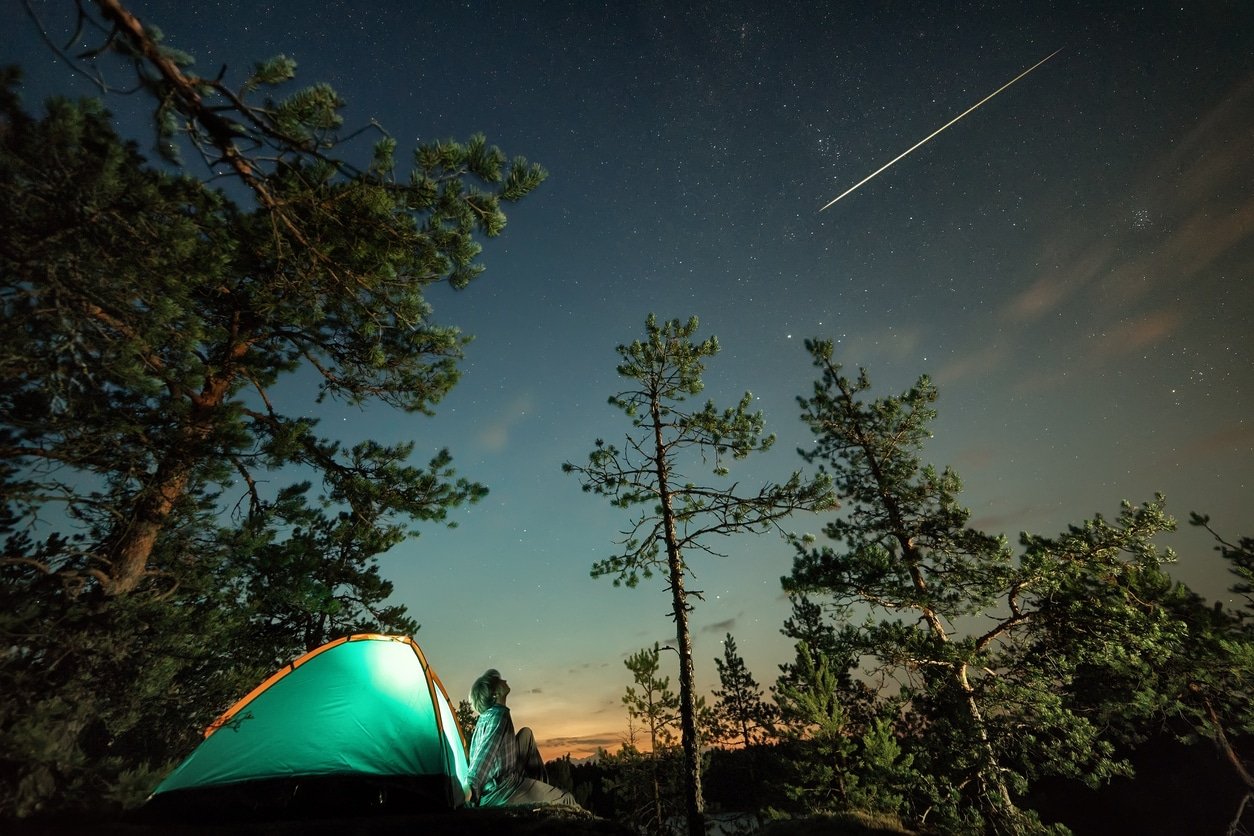5 Free & Unique North Coast 500 Day Trip Activities!
The North Coast 500 (NC500), also known as Scotland’s Route 66, is an incredible road-trip around Scotland’s beautiful and remote far north.
It’s become increasingly popular in recent years, and because of that it sometimes feel hard to find something on the NC500 route that doesn’t feel like it’s a tourist hot-spot.
But what if you want to do something a little different on your North Coast 500 holiday alongside (or instead of) visiting distilleries and spotting Nessie? What about a North Coast 500 day trip that’s away from the tourist areas, somewhere that is competely special and unique?
Well that’s where we’re here to help! We have spent years going up and down what is now known as the NC 500 – all long before it became famous.
We promise you, there are many amazing places and hidden fun outings (many for free) that are being bypassed by tourists to the Highlands. The reason? Well people don’t know about them….
Here are a few of our recommendations for fun, free, and family friendly North Coast 500 day trips.

1. Fossil Hunting
People don’t just love the Highlands of Scotland – ancient creatures did too!
Some of the best fossil hunting in the UK can be found in the north of Scotland, and all you need is a hammer and some enthusiasm (and maybe a wide-berth…).
The Isle of Skye was a dinosaur hangout, while the coasts and cliffs of Scotland are full of fossilized fish and the remains of Jurassic-era sea monsters.
Eathie Beach, on the Black Isle, is full of Ammonites and fossil fish, and in a recent trip we found dozens of these fossils by sitting among the rocks and smashing happily around us with a hammer – all legal to do at Eathie, however this isn’t the case everywhere.
Last time we were there we had the whole beach – and it’s Jurassic-era cliffs – to ourselves for several hours.
To find the beach you have to take a path that was created in the 19th century by famous Scottish geologist and fossil hunter Hugh Miller, which is special in itself. The walk is steep and takes around 40 minutes, but it makes fossil collecting here a real adventure.
When you get to the beach, take a left turn to get to the cliffs. There are also fossils to be found on the foreshore straight ahead of where the path ends, and to the right. Just remember to time your trip with the low-tide.
Directions to get there: From the town of Cromarty (worth a visit in itself), take the A832 to Newton. At Newton, take a left turn towards Eathie – it will be a single track road. Follow this to Upper Eathie.
There will be a car park tucked into the side of the forest (by small we mean 2/3 cars can fit in) with an information board about Hugh Miller. Just follow the footpath from the car park and it will take you to the beach.
However Eathie is just one of dozens of places on the North Coast 500 route where you can go fossil hunting. In Brora, there are Jurassic Rocks with fossilized remains around the mouth of the river and the beach.
While far north at John O’Groats, there are many fossilized fish. The UK Fossil Network has a list of at least 17 places in the Highlands of Scotland worth checking out, all of which lie on the North Coast 500 route, have a look at them by clicking here.
For adults and children alike, it really is a thrill when you manage to uncover a fossil, and it’s an amazing souvenir to take home from your North Coast 500 road trip.
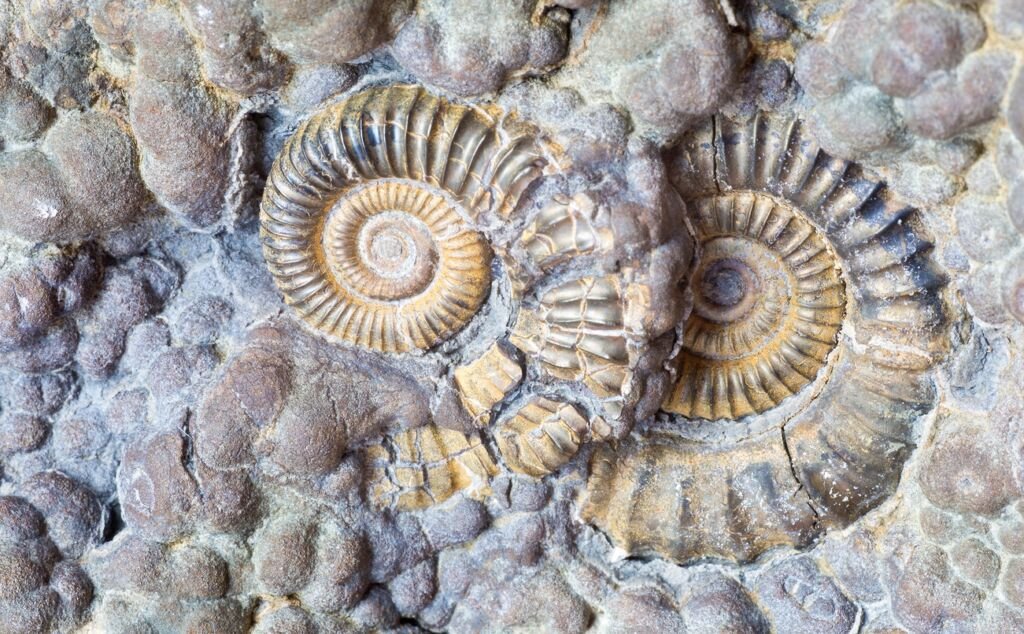
2. Dolphin Spotting
The North Coast 500 route passes happens to pass by one of the best places to see bottle-nose dolphins in the United Kingdom, and Europe.
Chanonry Point is famous in the Highlands for dolphin watching because if you go at low tide, it’s almost impossible to not see dolphins feeding and playing there.
Make your way towards the town of Fortrose (just north of Inverness) and follow the signs for “Chanonry Point” which are marked throughout the town centre.
Once you get to the beach car park, walk northwards along the beach and watch as the sea narrows between Chanonry Point and another outstretched piece of land on the other side.
Here, the area is rich with fish – and the dolphins chase them between the sea channel during low tide. The water gets deep quickly, so dolphins will come up within meters of where you will be standing on the beach. And really we mean meters – go do a Google image search for “Chanonry Point dolphins” if you don’t believe us!
It’s a truly mesmerizing North Coast 500 day trip, and remains one of our favorite things to do when in the Highlands. You can check daily tidal times for Chanonry Point by clicking here.

3. Gold Panning
How does coming back from your North Coast 500 trip a little richer sound? Well, it’s no California Gold Rush, but “There’s gold in dem der hills” – at least there is around the Highland town of Helmsdale.
Small concentrations of gold can be found up and down Kildonan Burn near Helmsdale (north of Dornoch), and you can have a go at finding them. It’s here in 1869, that there was a Highland Gold Rush, and you can find the site by following the A897 and looking out for signposts to Baile-An-Or – roughly translating as “Gold Town” in Scottish Gaelic.
Equipment can be hired from Strath Ullie Crafts & Visitor Information Centre by Helmsdale Harbour for £5 a day, and they will be happy to give exact information on the location for best gold panning prospects.
There may be a small charge these days for panning at Kildonan Burn, the visitor center will be able to clarify. Although it did use to be free.
If there is a small charge and you don’t want to pay, you could also try your hand gold panning at other small rivers around the area – and while hiring equipment is an option, it’s not always needed.
A plastic plate with rimmed edges will do a decent job of sifting through riverbed sediment allowing the heavier material (and hopefully some flecks of gold) to settle at the bottom, as the lighter material rejoins the river.
Search on YouTube for tutorials on gold panning for a quick lesson. It’s a simple and relaxing activity that can be mastered quickly, and while you may not find anything, it’s a great way to get out in nature and one that can keep children excited and occupied.

4. Walk In The Footsteps Of Medieval Highlanders
Feeling adventurous, or wanting to stretch your legs after too many hours driving Scotland’s Route 66? IWehave a solution – and it’s a way to see Scotland at it’s most rural and scenic.
The Highlands of Scotland are full of old drovers’ roads – medieval routes that pass through mountain and glen that have been used for centuries to move sheep and cattle from coast-to-coast. These routes are little known, even by locals, but they can still be walked to this day.
A few hours walking one of these old drovers’ roads makes for a memorable North Coast 500 day trip, and I can guarantee that you will get a glimpse of Scotland very few people have seen.
These routes are hard to find, and don’t exist on modern maps, but one of the fun things about them is the process of hunting out and finding your own route.
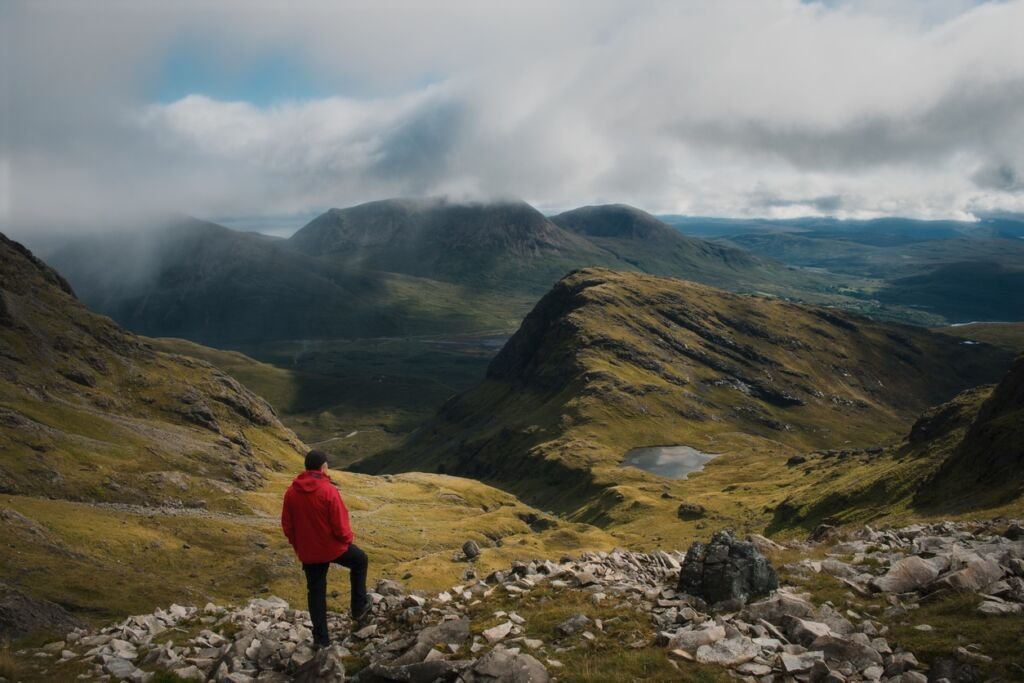
5. Explore Scotland’s Magical Past
Scotland has a rich history of magic. Faeries, elves, kelpies, trolls – if you think of it, there’s a Scottish version of it, and a place named after it.
The Black Isle – which you will drive over as part of your North Coast 500 holiday – is steeped in magic folklore. In fact, locals are divided over whether it was called the Black Isle due to its fertile soil, or due to its association with black magic and witchcraft – things that were practiced in abundance here during the Middle Ages.
In fact one of those dark magic acts still happens today – and you can take part in it. At a Black Isle forest thought to have healing powers, locals (including myself) have been hanging “cloots” – a rag or piece of clothing – from trees for centuries.
The tradition stems from a belief that a family member will be healed from illness if a cloot is dipped in the spring water in the forest, and then hung up on the trees around the spring. If anyone dares removes that cloot however, they will be struck down with the very same illness.
Called a Clootie Well, thousands of rags hang from the trees here, creating an eerie sight, and more are added every year as locals continue the ritual. To find the “Clootie Well” just take the road to Munlochy from Tore Roundabout – you won’t miss it.
But it’s not just the Black Isle – all over the Highlands there’s remnants of our magical past. Sometimes all it takes is to get a map and have a close look at the place names.
One example is in Skye at the enchanting Fairy Glen. A little hidden, however once you find it (go east from Uig towards Balnaknock), you can see why this place has been mesmerizing people for centuries, with many convinced that faeries lived here.
Perfectly rounded hills rise out of the landscape in rows, with larger rock formations rising between them like fortifications. To a Medieval Scot, or a modern-day tourist with a healthy imagination, it really does look like a potential underground faerie kingdom rising up from the ground.


